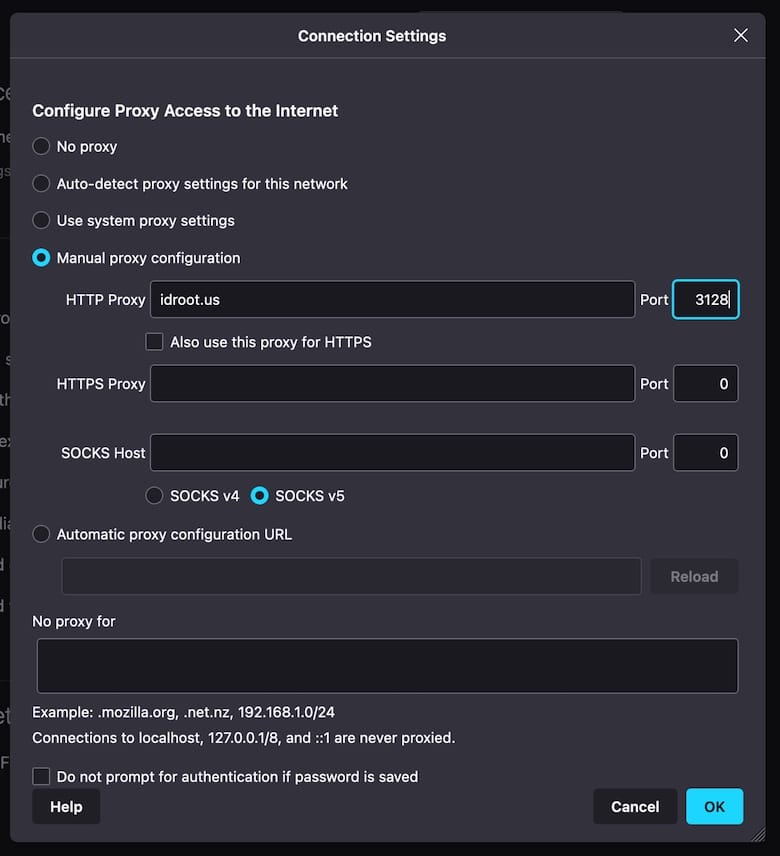How To Install Squid Proxy on openSUSE

In today’s digital landscape, efficient network management is crucial for optimizing bandwidth and enhancing security. One powerful tool that can help achieve these goals is Squid Proxy, a popular caching and forwarding web proxy. Squid Proxy is widely used by network administrators to improve network performance, reduce bandwidth consumption, and control internet access. In this comprehensive guide, we will walk you through the process of installing and configuring Squid Proxy on openSUSE, a robust and user-friendly Linux distribution.
openSUSE is an excellent choice for running Squid Proxy due to its stability, flexibility, and strong community support. By following the step-by-step instructions provided in this article, you will be able to set up Squid Proxy on your openSUSE system, unlocking the benefits of efficient network management and enhanced security.
Prerequisites
System Requirements
Before proceeding with the installation of Squid Proxy on openSUSE, ensure that your system meets the following minimum requirements:
- openSUSE Leap 15.x or Tumbleweed
- 2 GB RAM
- 10 GB free disk space
- 64-bit processor
Network Configuration
To ensure a smooth installation and operation of Squid Proxy, make sure your network is properly configured. Verify that your openSUSE system has a stable internet connection and can communicate with other devices on the network.
User Permissions
Installing and configuring Squid Proxy requires administrative privileges. Ensure that you have root access or sudo permissions to execute the necessary commands throughout the installation process.
Installation of Squid Proxy
Installing Squid Package
To install Squid Proxy on openSUSE, we will use the zypper package manager. Follow these steps:
- Open a terminal window.
- Run the following command to refresh the package repositories:
sudo zypper refresh - Install the Squid package by executing the command:
sudo zypper install squid - Wait for the installation process to complete.
Starting and Enabling Squid Service
Once the installation is finished, you need to start the Squid service and enable it to run automatically on system boot. Use the following commands:
sudo systemctl start squid
sudo systemctl enable squidThese commands will start the Squid service and ensure that it starts automatically whenever your openSUSE system boots up.
Basic Configuration of Squid
Editing the Configuration File
To customize the behavior of Squid Proxy, you need to modify its configuration file. The configuration file is located at /etc/squid/squid.conf. Open the file using a text editor with root privileges:
sudo vi /etc/squid/squid.confThe squid.conf file contains various directives and options that allow you to fine-tune Squid’s functionality. We will explore some basic configuration settings in the following sections.
Setting Up Access Control Lists (ACLs)
Access Control Lists (ACLs) are used to define rules for allowing or denying access to specific resources. In the squid.conf file, locate the section labeled ACL. Here, you can define ACLs based on IP addresses, networks, or other criteria.
For example, to allow access to Squid Proxy only from the local network (192.168.0.0/24), add the following lines:
acl localnet src 192.168.0.0/24
http_access allow localnetThese lines create an ACL named localnet that matches the specified network range and allows access to it.
Defining HTTP Ports
By default, Squid Proxy listens on port 3128 for incoming HTTP requests. If you want to change the port number, locate the http_port directive in the squid.conf file and modify it accordingly. For example:
http_port 8080This configuration sets Squid to listen on port 8080 instead of the default port 3128.
Advanced Configuration Options
Caching Settings
Squid Proxy’s caching capabilities can significantly improve network performance by reducing bandwidth usage and accelerating content delivery. To configure caching settings, look for the cache_dir directive in the squid.conf file.
For example, to set up a cache directory with a maximum size of 10 GB, add the following line:
cache_dir ufs /var/spool/squid 10000 16 256This configuration creates a cache directory at /var/spool/squid with a maximum size of 10000 MB (10 GB), 16 subdirectories, and 256 levels of subdirectories.
Access Control by IP Address
In addition to allowing access based on network ranges, you can also restrict or allow access to specific IP addresses. Use the acl directive followed by the src parameter to define IP-based access control.
For example, to allow access only from the IP address 192.168.0.10, add the following lines:
acl allowed_ip src 192.168.0.10
http_access allow allowed_ipThese lines create an ACL named allowed_ip that matches the specified IP address and allows access to it.
Blocking Specific Domains or Content Types
Squid Proxy allows you to block access to specific domains or content types using ACLs. To block a domain, use the acl directive with the dstdomain parameter.
For example, to block access to the domain “example.com”, add the following lines:
acl blocked_domain dstdomain example.com
http_access deny blocked_domainSimilarly, you can block specific content types by using the acl directive with the url_regex parameter and specifying a regular expression pattern.
Firewall Configuration
Configuring Firewall Rules
To allow incoming connections to Squid Proxy, you need to configure your firewall rules accordingly. On openSUSE, you can use the firewall-cmd utility to manage firewall settings.
Open the necessary port (default: 3128) in the firewall by executing the following commands:
sudo firewall-cmd --permanent --add-port=3128/tcp
sudo firewall-cmd --reloadThese commands add a permanent rule to allow incoming TCP traffic on port 3128 and reload the firewall configuration.
Testing and Verification
Testing Squid Proxy Setup
To verify that Squid Proxy is running correctly and caching requests, you can use the squidclient utility. Run the following command:
squidclient -p 3128 http://example.com/This command sends a request to the specified URL through the Squid Proxy running on port 3128. If the request is successful and the response is cached, you will see the content of the requested page.
Troubleshooting Common Issues
If you encounter any issues during the installation or configuration of Squid Proxy, consider the following troubleshooting tips:
- Verify that the Squid service is running using the command:
sudo systemctl status squid - Check the Squid log files located in
/var/log/squid/for any error messages or warnings. - Ensure that the firewall rules are correctly configured to allow incoming traffic on the Squid port.
- Double-check the
squid.conffile for any syntax errors or misconfigurations.
Client-Side Configuration
Configuring Client Browsers
To use Squid Proxy, client browsers need to be configured to send requests through the proxy server. The configuration steps may vary depending on the browser, but generally, you need to:
- Open the browser’s settings or preferences.
- Locate the network or proxy settings.
- Enter the IP address or hostname of the Squid Proxy server and the port number (default: 3128).
- Save the settings and restart the browser if necessary.

Testing Client Connectivity
After configuring the client browser, test the connectivity by accessing a website. If the connection is successful and the website loads, it indicates that the client is successfully communicating through the Squid Proxy server.
If you encounter any issues, double-check the client-side proxy settings and ensure that the Squid Proxy server is accessible from the client machine.
Congratulations! You have successfully installed Squid. Thanks for using this tutorial for installing the Squid proxy server on the openSUSE system. For additional help or useful information, we recommend you check the official Squid website.